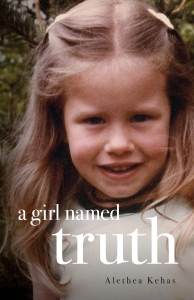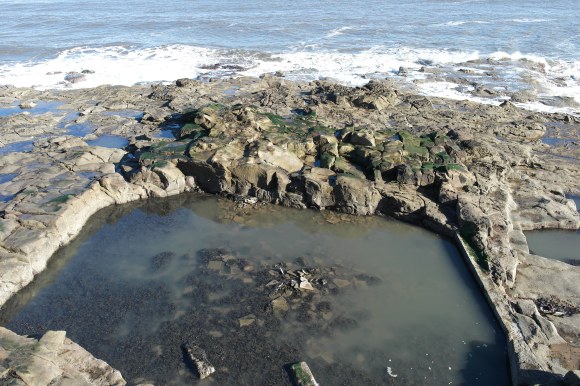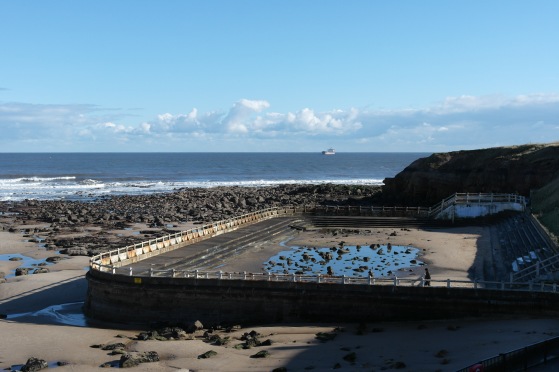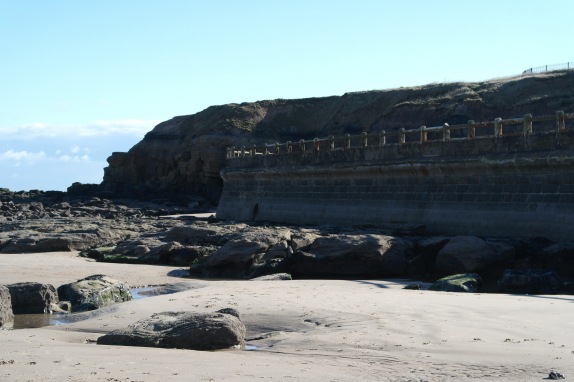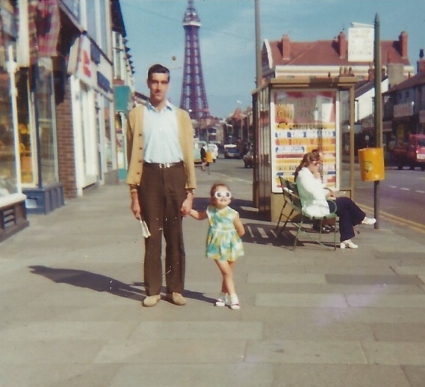
Halloween is the day when there is neither past, nor future, only between. Before the year turns, I have a notion to re-visit the green places of my past. I step out into a breezy day, leaves rustling in spirals on the pavements, rays of sunlight bursting through grey cloud.

My past has been fenced off, built over, locked away. We were urban children, grown on a Council estate, but there were always patches of green, hints of the wild. The ‘res’, the ‘cut’, the ‘back field’, these were the edge-lands on our doorsteps. Our lives as children were lived along these tracks and in these spaces. The walk to school and back, the trails between each others’ houses. The green spaces for playing, exploring and hanging around.
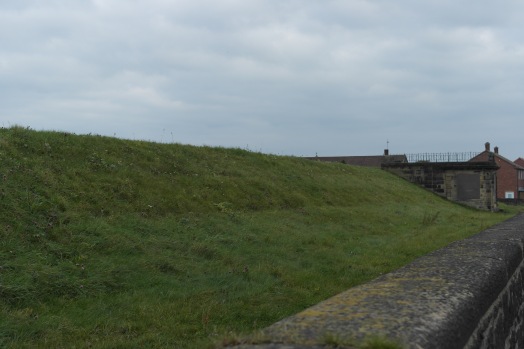
The first of two reservoirs, at the top of the street where I used to live, is a trapezium of grass tangled with purple clover and dock. The gate is locked. Perhaps it always was, but we got in anyway. I always found the reservoirs puzzling and slightly mysterious. How could a field contain a reservoir of water? I never quite believed they were what they were supposed to be. There is an old stone building, stamped 1901, which must have been some kind of access or pump house. It is boarded up, painted with graffiti, art deco railings rusting around its roof, rubbish and weeds littering its steps. There is talk about building houses on top of the reservoir, squeezing yet more dwellings into one of the last green spaces.

There was a park once, where the newest houses on the estate have now been built, an open space with swings and climbing frames. The ‘back field’ is still there. It was once just a ragged patch of land behind houses, with waist high meadow. Now it is a water-logged square of shorn, vivid grass. I disturb a posse of blackbirds in the shrubs at its edges. I wonder how much it is used, and for what. It seems unlikely that it is ever allowed to become as overgrown as it once was.

But my sycamore is still as I recall it. The only tree I remember as an individual from my childhood, it stands on the corner, arcing over the road. When I first read To Kill a Mockingbird it was this sycamore that I pictured when I read about the gifts left in the tree.

The ‘cuts’ were narrow paths between. Each was the length of a street. A narrow lane beyond the back garden fences. A pathway between houses and the reservoir. Small slices of nature, bordered by trees and plants. But no one will be travelling those paths again. They are blocked at each end, locked behind spiked metal fencing. I stand looking between the bars, yearning to walk the old path again. But within the fencing, nature has taken advantage. Brambles, grasses and small saplings have reclaimed the path. They have become liminal places but not human places. On this still autumn day, they are peaceful pockets of green behind the bars. Who knows what happens within the fences while the people aren’t watching?

The bordering reservoir has been fenced off too, metal spikes above the wall. Fences and fences. Adjacent, my old school has been demolished and re-built with yet more of the ubiquitous railings. There was a time when a farmer’s field lay opposite the school. I still remember the feel of the ploughed furrows under my feet. The old hawthorn hedgerow is still there, now backing onto houses. It is a reminder of a past when there were spaces to explore and everything wasn’t locked up tight. It is half-term and the children are on holiday from school, yet I haven’t seen or heard a single child during my walk, only the ghostly footsteps of those who have left childhood far behind.
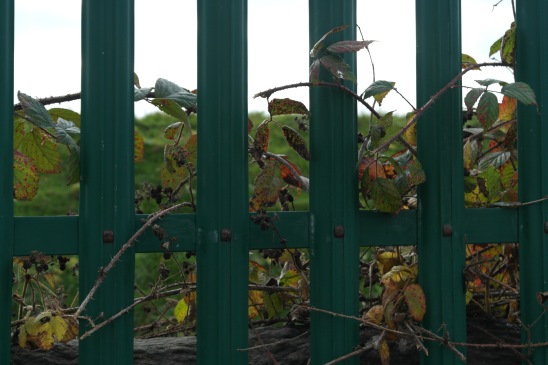
I cross the busy road to get to the cemetery and leave the fences behind. Here there are meandering paths scattered with leaves. Tilting headstones rooted with ivy. A laburnum like an umbrella sheltering graves. The foliage is still mostly green, but maples appear like pools of light in the distance. A large leafless hawthorn has berries like fairy lights. A giant beech is a beacon beckoning me along the path.
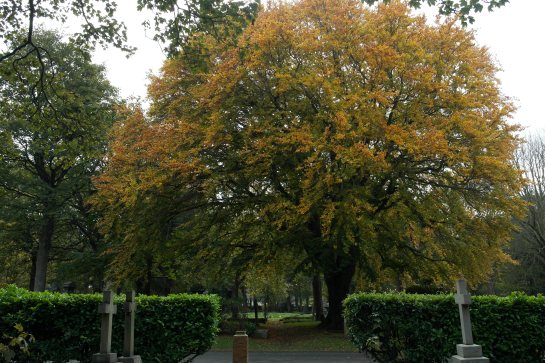
My ritual tonight is all about stripping back and letting go. I am letting go of the year just gone, and all the years that have gone before. The past is a familiar place, but not always a comforting one. I have witnessed again the way the world never stands still. The fences represent a changed world – one in which it seems necessary to fence children in and fence others out. But fences are no barrier to memory. Once, small feet traversed this landscape without impediment, and the imprint of their passage is part of the landscape still.






